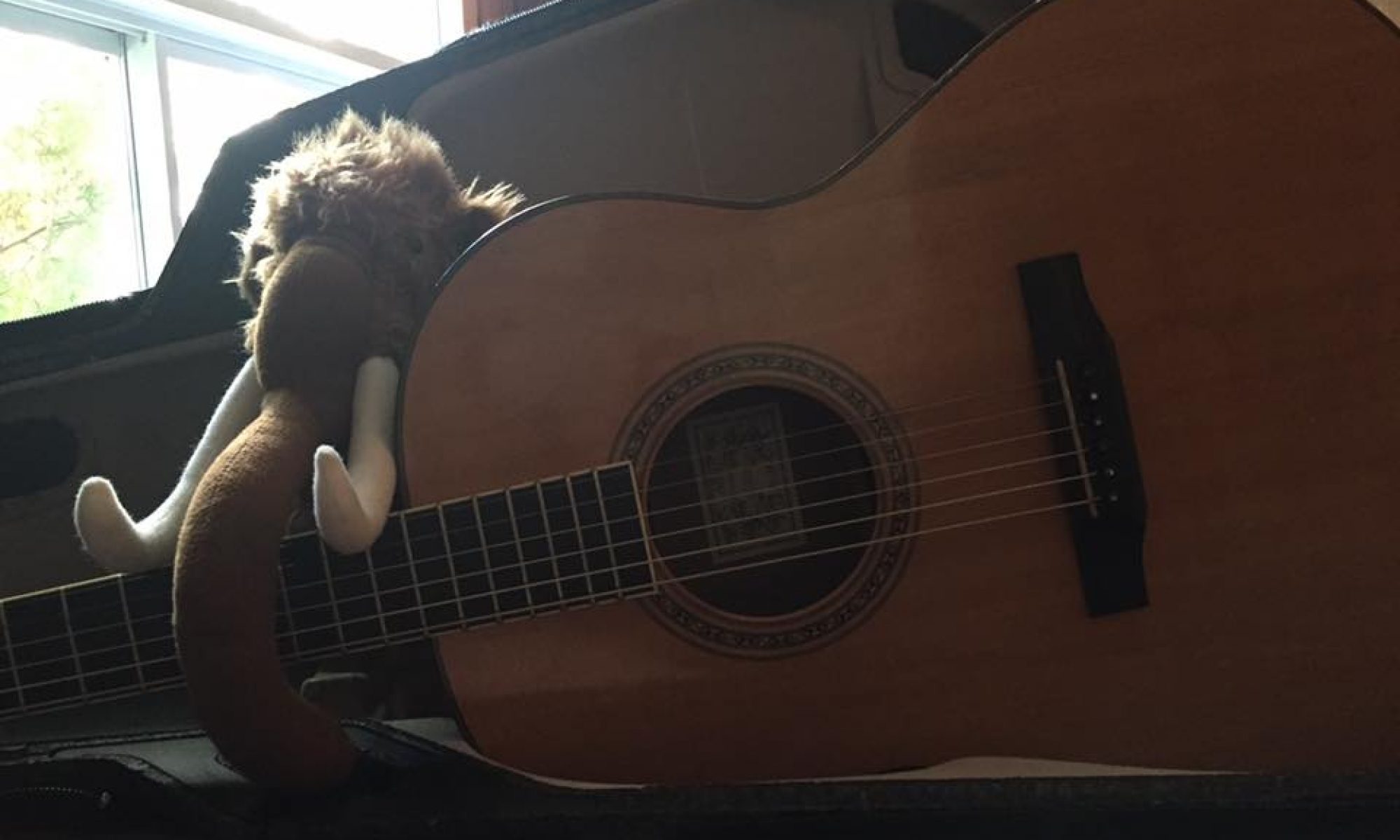Just to check in on the whole fiddle practice thing, here, have a post about that, y’all!
Today my practice actually also involved winds, because I determined that I need to practice my arpeggios on my wind instruments as well as the fiddle. There are two goals here. One is to get better at recognizing those patterns in general, and the other is to get better at reproducing them quickly on my wind instruments, since those are the ones I’m most likely to be playing in session right now.
My main scales for fiddle practice, and their related arpeggios, are G, D, and A. These map easiest to fiddle strings tuning (G-D-A-E), and also, the vast majority of tunes at our session are in these keys. So they’re the ones I practice in the most.
The flute geekery part of this
Conveniently, those same keys map very well to my D whistles and flutes. With those, the order of ease of play is D, G, and A. On a D flute or whistle, I play straight up the scale by lifting each finger off a hole, in order.
To play the G scale on a D wind instrument, I start halfway up the holes. But in order to get that C natural, I have to cross-finger. This means that I need to have my top finger up, but the next two fingers down. (How many fingers are involved in cross-fingering often depends on the instrument, too. I experiment to find the right number of fingers for a decent tone on a cross-fingered note.)
To play the A scale on a D wind instrument, I start another hole up from halfway. But once I get to the seventh, which in this case is G sharp, I have to do something else: I half-hole. Which is to say, I cover the appropriate hole only halfway. (This sometimes works better than cross-fingering to get a decent tone. And again, it’ll depend on the instrument and where exactly I am along the set of holes.)
If I take the exact same fingering patterns and jump over to my G flute, that changes the involved scales to G, C, and D. On the A flute, the scales become A, D, and E.
In all cases, though, I just need three basic arpeggio patterns. And then if I want to change their keys I can just grab a different wind instrument. Which makes the whole problem much easier!
And I don’t even have to involve the bow. ;D
The fiddle geekery
On the fiddle, though, I’m still working on trying to bow smoothly and with enough energy at the same time. Bowing requires me to change angles a lot, and so far, I don’t always do it consistently. This screws up the sound in a few different ways–I’ll make the strings squeak, or my bow stroke and the resulting sound will be shaky.
Meanwhile, the fingering patterns that are second nature to me on a wind instrument are still very, very new to me on the fiddle. And working on those at the same time as I’m working on the bowing? That’s multitasking my internal CPU is still having to work at.
But it’s still very gratifying and I’m very much looking forward to my next lesson with Lisa Ornstein! \0/
Ciel d’automne is still awesome
For this practice, in addition to working on “Maison de glace” and trying to get that B part to work better, I also amused myself by slowly working out the A part of André Brunet’s “Ciel d’automne”. I’ve posted about this one many a time, and I am very, very fond of it. I am to the point with a fiddle now that if I know the note I need to start on, at least amongst the set of tunes I already know, I can sort of stumble my way through finding all of a tune’s notes. “Ciel d’automne” starts on the B, and has a bunch of notes up on that A string and on the E as well.
I need to play with this one in future fiddle practice, just so I can get in more work on those strings. I’m much less comfortable there than I am on the lower G and D.
What got me working on this one today was working with the E scale on my A flute, in fact. Doing that led me to wonder whether I could play along properly to La Bottine Souriante’s recording of the tune. Usually I have to do it on the piccolo or the big keyed flute. There’s a key change from D to E and back to D again, and that’s hard to pull off on a wind instrument without keys. But if I can find the proper places to half-hole or cross-finger on the A flute, I can get this down!
And since I do know the tune well on the flutes and whistles, it’s deeply satisfying to start working it out on the fiddle as well.
More to come!
